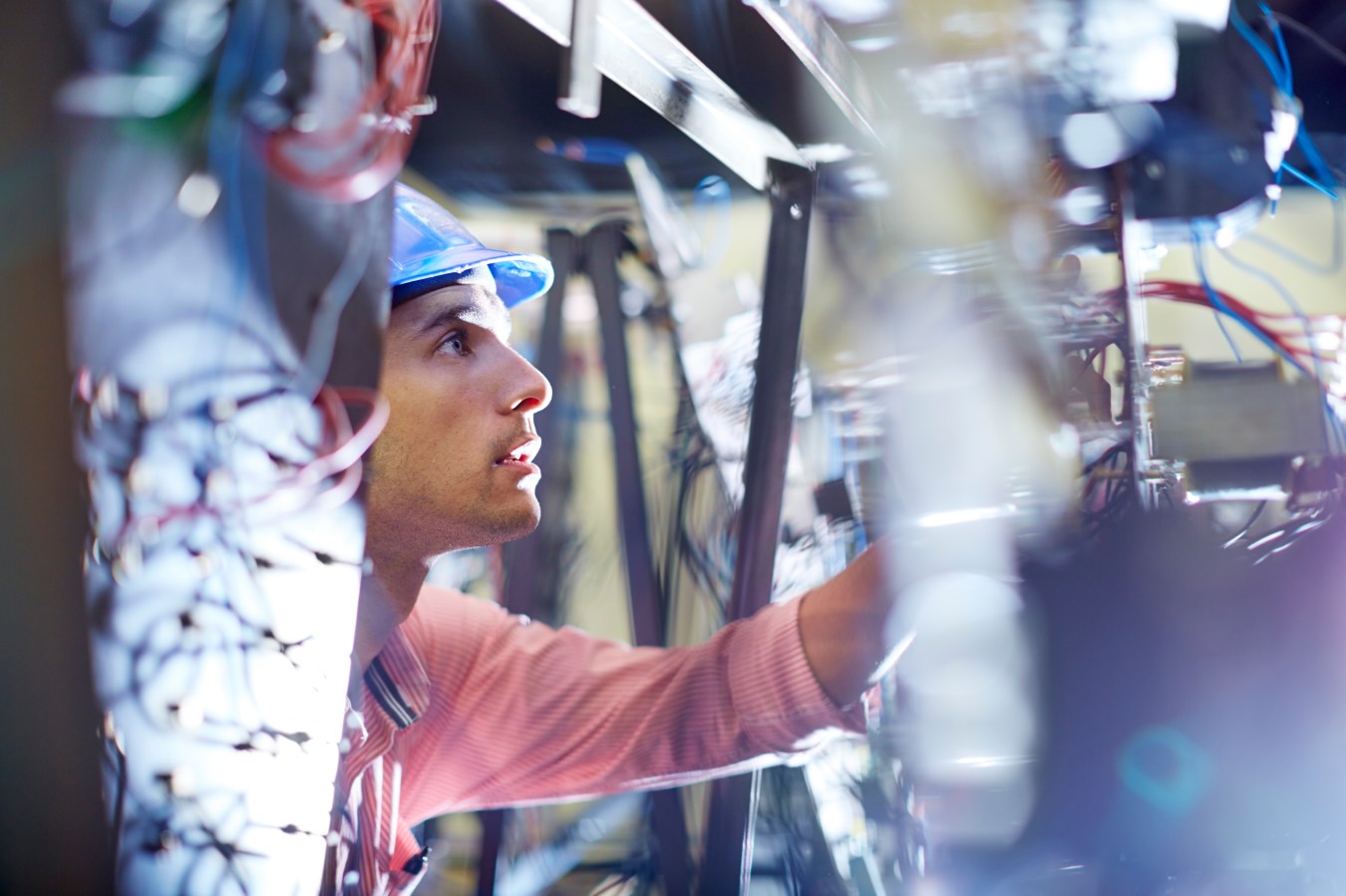Meta announced Thursday that Instagram will start sending “nighttime nudges” to teenage users who have spent more than 10 minutes on the app late at night—the latest move by the company to try and help younger users manage their social media usage amid a push for increased restrictions and parental controls.

Instagram’s new feature will prompt teens who have spent more than 10 minutes scrolling to sign off for the night. (Photo Illustration by Budrul Chukrut/SOPA Images/LightRocket via Getty Images)
SOPA Images/LightRocket via Getty Images
Key Takeaways
- According to an image of the notification from Meta released Thursday, the notice will say, “Time for a break? It’s getting late. Consider closing Instagram for the night.”
- Teenage users will not be able to turn off the notifications, which Meta told TechCrunch will begin after 10 p.m., though users can choose to ignore them.
- In the announcement, Meta said it was rolling out the nudges because “sleep is important, particularly for young people.”
- Instagram requires users of the app to be at least 13-years-old and requires age confirmation in which people must give their birthday, photo identification, or submit a video selfie.
Tangent
This isn’t the first change Meta has made for teen content consumption this year. On Jan. 9, Meta announced it would start “to hide more types of content for teens on Instagram and Facebook” and will automatically set teen accounts to the “most restrictive content control settings on Instagram and Facebook.” Meta used posts discussing struggles with self-harm as an example of what could be hidden from teens moving forward. The company said that while the discussion is important and content could help destigmatize the issue, “it’s a complex topic and isn’t necessarily suitable for all young people.”
Big Number
81%. That’s the percentage of adults who favored parental consent for minors on social media, according to a Pew Research Center survey from October. The same survey found that just 46% of teens supported parental consent.
Key Background
In 2021, the Wall Street Journal published an investigation that found Facebook knew Instagram was “harmful” to teenage girls after internal researchers did a “teen mental health deep dive” and found Instagram worsened body image issues for one in three teenage girls. Internal researchers also found that “teens blame(d) Instagram for increases in the rate of anxiety and depression,” according to the Journal. The investigation led to multiple state attorneys investigating Meta, along with a renewed focus on what social media was doing to young users at the national level.
Meta denied that Facebook was conducting research and ignoring the results “if the findings are inconvenient for the company,” calling the Journal’s investigation a “mischaracterization of our work.” National pushback has been focused on more than just Meta, though, as a number of attorneys general announced an investigation into TikTok’s potential harms to younger users in March 2022. Since then, a number of states have considered—and Montana even passed a law, though it was later deemed unconstitutional—banning TikTok because of its potential impacts to teens and security concerns.
In response to growing concerns, social media companies have reiterated their commitment to keeping the apps safe for young users and released a number of new features. In November, Meta released “supervision tools” on Facebook, Instagram, Messenger and Horizon Worlds that allowed parents to see how much time their kids are spending on apps and manage the amount of time they’re allowed online. TikTok released a similar feature to Instagram’s nudge last March that was aimed at controlling how much time teenagers spent on the app. Its feature gave accounts for users under 18 an automatic 60-minute screen time limit per day and required a password for them to stay on the app once it was reached, according to TechCrunch.
This article was first published on forbes.com and all figures are in USD.


